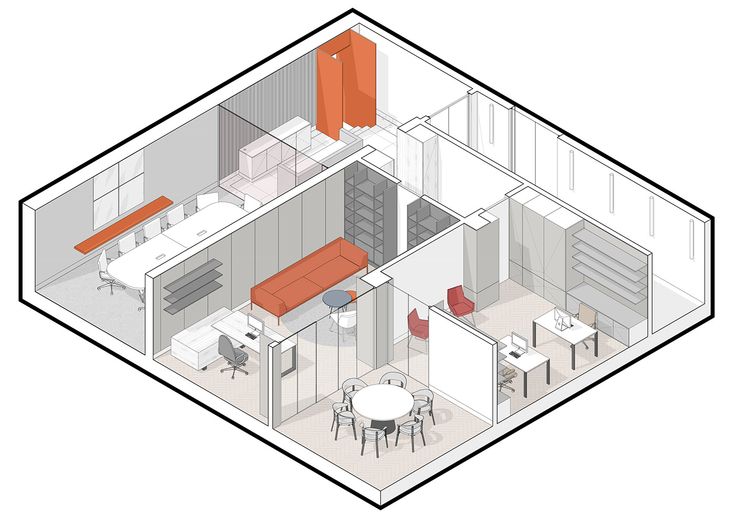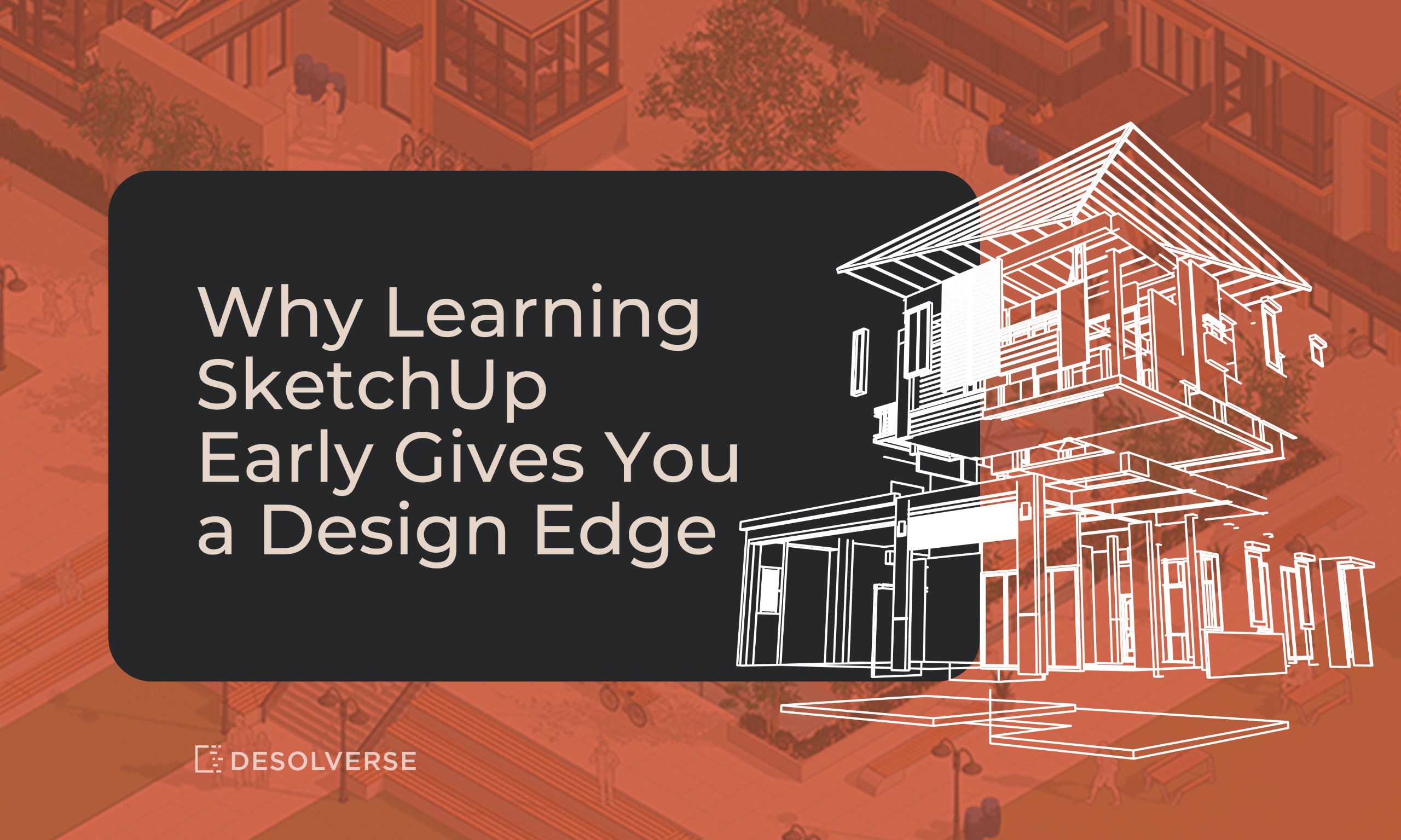Why Learning SketchUp Early Gives You a Design Edge
Stepping into the world of architectural design and its software ecosystem can feel overwhelming. With complex tools like Revit, Rhino, or Archicad dominating the professional landscape, beginners often wonder where to begin. The answer, surprisingly, is simple: start with SketchUp.
Despite often being labeled as “too basic” by seasoned professionals, SketchUp’s simplicity is exactly what makes it powerful for newcomers. It offers an intuitive and fast entry point into 3D modeling, making it less of a stepping stone and more of a launchpad.
A Gentle Introduction to 3D Thinking
One of SketchUp’s greatest strengths is its approachable interface. With core tools like Push/Pull, Line, and Rectangle, students can begin shaping 3D forms within hours. There’s no steep learning curve or overwhelming interface—just a clear, visual way to start understanding space, volume, and proportion.
This direct engagement with digital space fosters a critical transition: from thinking in 2D plans and sections to imagining and constructing in three dimensions. It’s an essential skill in architectural design, and SketchUp makes this transition feel intuitive rather than intimidating.
Design Through Exploration
At its core, SketchUp is a tool for ideation. It encourages quick experimentation—sketching out massing models, testing spatial arrangements, or exploring early design possibilities without worrying about technical precision. It becomes a kind of digital sketchbook, where ideas can evolve freely.
This kind of playfulness is especially valuable in the early stages of a project or a design education. It allows you to ask “what if?” and see the answer take shape without fighting the software to get there.
Building Confidence, One Model at a Time
Early success in digital modeling can be a powerful motivator. With SketchUp, beginners often experience the satisfaction of creating complete models early in their learning process. These small wins build confidence, not just in using software, but in tackling larger design challenges down the road.
This confidence is key. Students who start with SketchUp often approach more advanced tools like Rhino or Revit with a sense of readiness, having already internalized core ideas like form manipulation, spatial hierarchy, and visual feedback loops.
More Than Just a Beginner Tool
SketchUp isn’t just for beginners—it plays a continuing role in professional workflows. Architects frequently use it for quick massing studies, interior layouts, or client presentations. It integrates well with rendering engines like V-Ray or Enscape, and its import/export capabilities allow for seamless transition into more technical platforms when needed.
While it doesn’t offer the data-rich, parametric capabilities of BIM tools, that’s not its role. SketchUp shines in the early, conceptual phases of design—when speed, flexibility, and visualization are the priority.

Starting Smart
SketchUp may not be the endgame in your software journey, but it's a smart and strategic beginning. It develops your spatial reasoning, strengthens your design instincts, and gives you a visual language to communicate ideas clearly. More than anything, it makes digital design accessible and enjoyable.
If you’re just beginning your architectural path, don’t overlook the value of starting with a tool that’s as intuitive as it is empowering. SketchUp may be simple, but in the hands of a curious mind, it can be the foundation for an entire design career.

